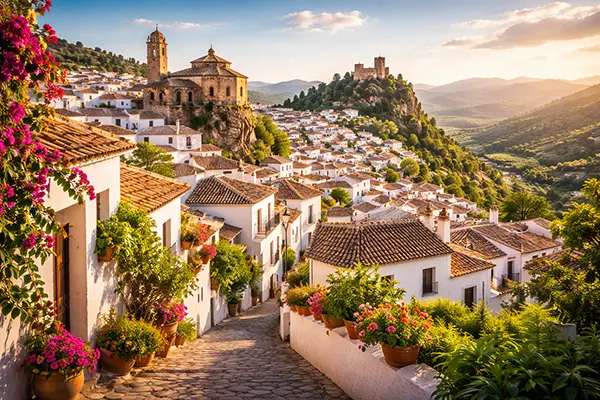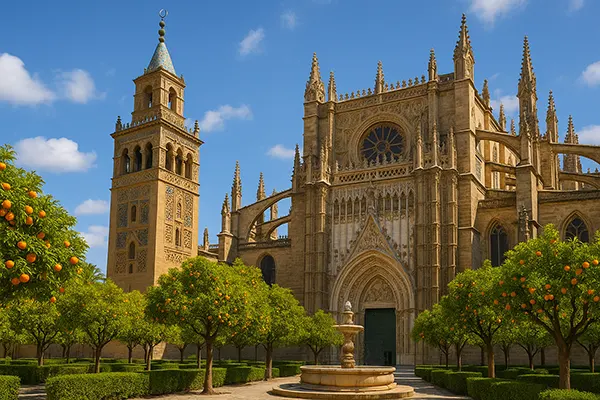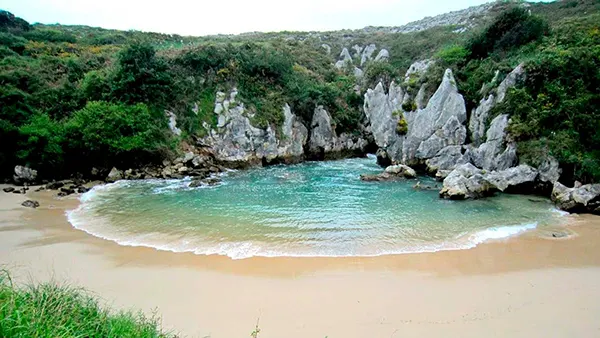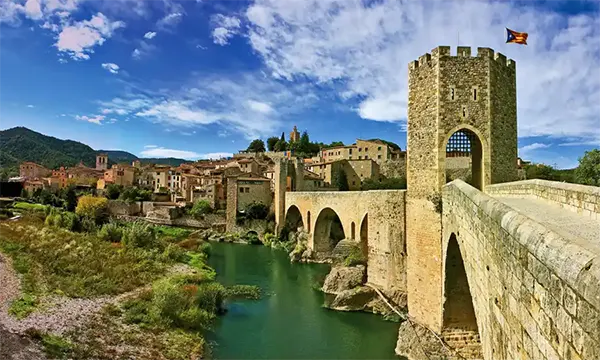Madrid’s Royal Palace
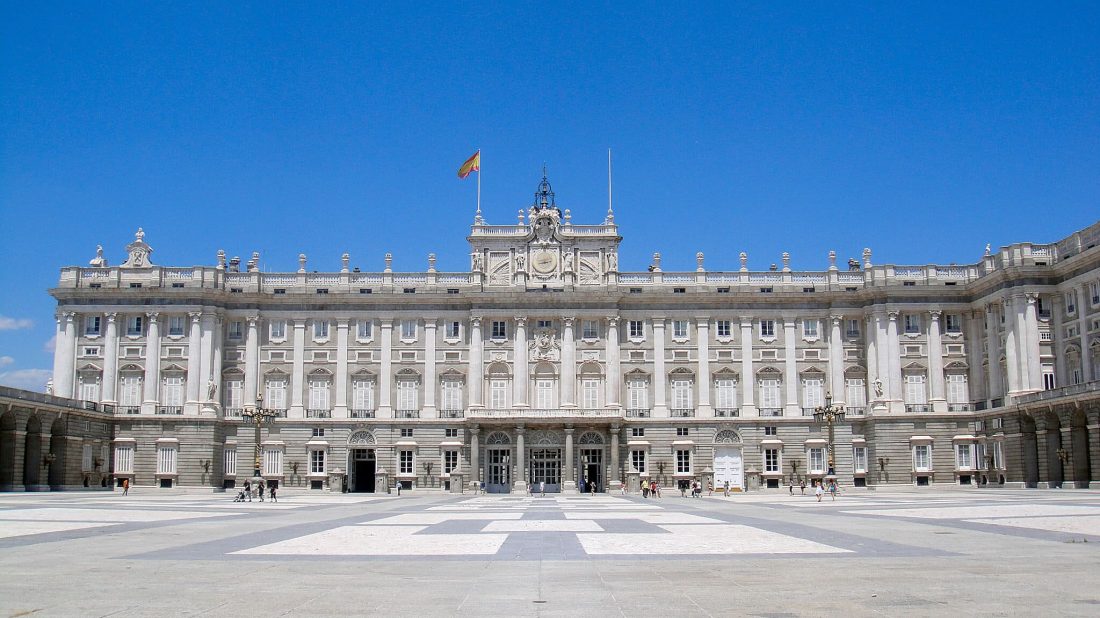
The Royal Palace is the main attraction in the Spanish capital. It is also called the Oriental Palace. Compared to other similar properties present nowadays on the European territory, it is the largest. It has not been used for its intended purpose for a long time. It is used for ceremonies and as a museum.
The palace grounds
The construction of the palace took place in the period from 1738 to 1764, when Charles III was in power. The architects Sabatini and Sacchetti, who came from Italy, were in charge of it. Once completed, it became the official residence of the Spanish monarchs.
The site is located on a hill by the Manzanares River. Nearby is the park of Campo del Moro which was founded in the 19th century. The park is known for its luxuriant plants, landscaped walkways and impressive fountains. There is also a carriage museum where you can study royal transport from the 16th century.
The gardens on the north side were planted by Sabatini in 1933. The entrance to the park is at the southern end, where Armoury Square is present. This is where the ceremonial changing of the guard takes place every month (first Wednesday). The King and Queen also pass through this entrance, sitting in the original carriage during festivities.
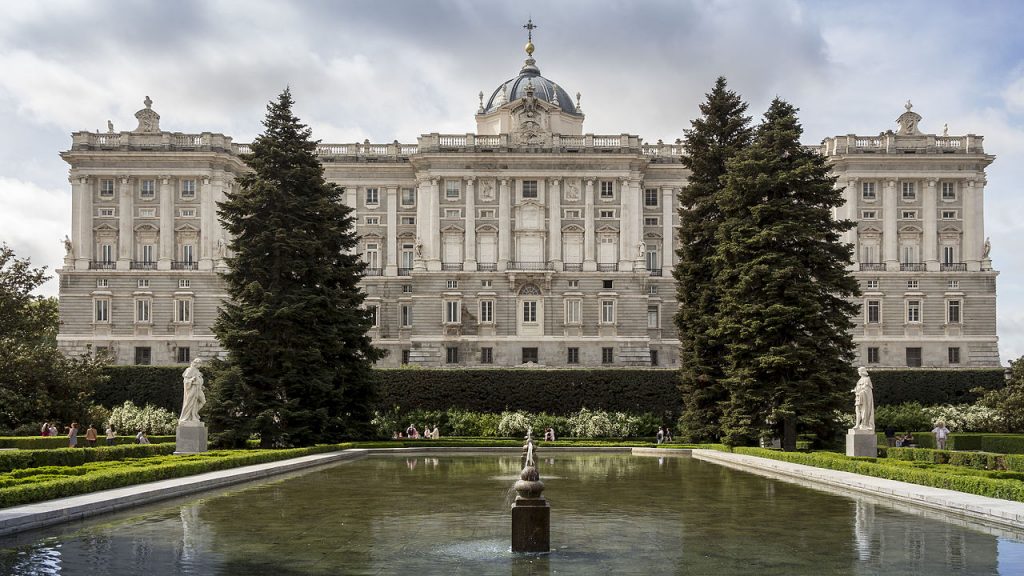
Caractéristiques du palais royal
The palace is in the Baroque style, which was successfully implemented by Italian architects. Inside there are around 3,500 rooms of various sizes and decorations. In the centre of the palace itself there is a spacious courtyard surrounded by buildings.
The building is faced with granite. For creation of relief embossed elements the white Kolmenar stone was used. Also details from marble are present. These materials made it possible to construct a building that is strong, safe, and has a lot of light.
The interior is in true royal style with many rich and expensive decorations. You can explore the superb frescoes on the walls, which were done by famous masters from other European countries. Works by Francisco Goya, Caravaggio, Vicente Lopez and many others can be seen here.
The ceilings in all the rooms are decorated with chandeliers of incredible beauty, made of crystal. Flemish tapestries complete the ‘picture’. The rooms are furnished with objects in different styles, including neoclassicism and rococo. Porcelain crockery and an impressive clock serve as additional decoration.
The palace houses a unique collection of Stradivarius violins and weapons, used in different eras and for different purposes. Also on the walls are numerous portraits of various personalities and paintings by the world’s best masters. Visitors to the palace can visit the Royal Pharmacy. Here you’ll find a lot of utensils and medicines that were once used to treat patients at the palace.
For the more curious, take a look at the reproduced 17th century alchemical laboratory. The Royal Library and the Museum of Music, Applied Arts and Painting are highly recommended.

